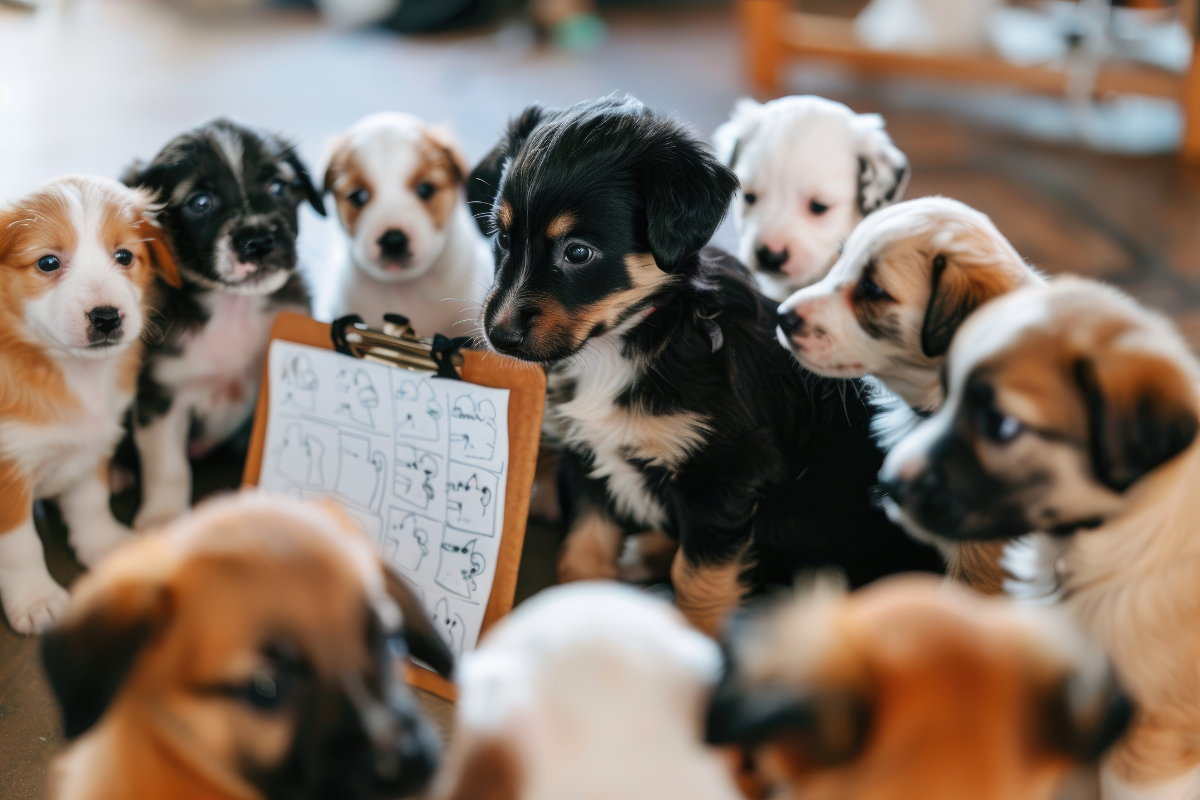Understanding the difference between urine marking and house soiling (peeing) is crucial for dog owners. Both behaviors involve your dog urinating inside the house, but they stem from different motivations and require different solutions. This blog will delve into the signs of each behavior, the reasons behind them, and how to address these issues effectively.
Urine marking is a behavior where a dog releases small amounts of urine in various locations. This behavior is more common in unneutered males but can also occur in neutered males and females. It is often linked to territorial behavior, stress, or changes in the dog’s environment.
House soiling, or inappropriate urination, is when a dog pees in the house for reasons other than marking. This behavior is often due to medical, behavioral, or training issues and typically involves larger amounts of urine than marking.
To determine whether your dog is urine marking or house soiling, consider the following factors:
Understanding whether your dog is urine marking or peeing in the house is crucial for addressing the behavior effectively. By identifying the signs, understanding the causes, and implementing appropriate solutions, you can help your dog feel more comfortable and maintain a clean and happy home. Always consult with a veterinarian or professional trainer if you have concerns about your dog’s behavior, and remember that patience and consistency are key to resolving these issues.

It's estimated that Americans own around 70 million dogs.
We are proud of our commitment to animal welfare and quality of our pets.
There are many options for adding a puppy to your family.
Learn More
DEC
19
As a cat owner, ensuring the health and safety of your furry friend is a top priority. With the emergence of avian influenza, commonly known as bird flu, it’s crucial to understand how this virus can affect your beloved pet and what steps you can take to protect them. Understanding Avian Influenza in Cats Avian influenza is a viral infection that primarily affects birds but can also impact other animals, including cats. While the risk of transmission to cats is relatively low, it’s important to be aware of the potential dangers, especially if your cat has access to the outdoors …
Read More
NOV
27
Ah, Christmas! The time of year when homes are aglow with twinkling lights, the air is filled with the scent of pine, and everyone is wrapped in a warm, fuzzy feeling of joy and anticipation. But hey, while we’re all caught up in the holiday cheer, let’s not forget about our four-legged friends who are just as excited about the festivities. Ensuring their safety, finding the right toys, and providing optimal nutrition can make this season even more magical for them. So, how do we make sure our pets enjoy a paws-itively delightful Christmas? Pet Safety: Keeping the Season Jolly …
Read More
NOV
26
There’s nothing like the joy of bringing a fluffy, four-legged bundle of joy into your life. Puppies are the ultimate companions—full of love, energy, and just a little bit of mischief! Whether it’s your first time bringing a pup home or you’re adding a new member to your growing pack, there are a few key things to keep in mind to help your new puppy thrive. Get ready for an adventure of snuggles, playtime, and puppy kisses with these fun and playful tips! 1. Pick Your Perfect Match Before you meet your new best friend, you’ll want to make sure …
Read More